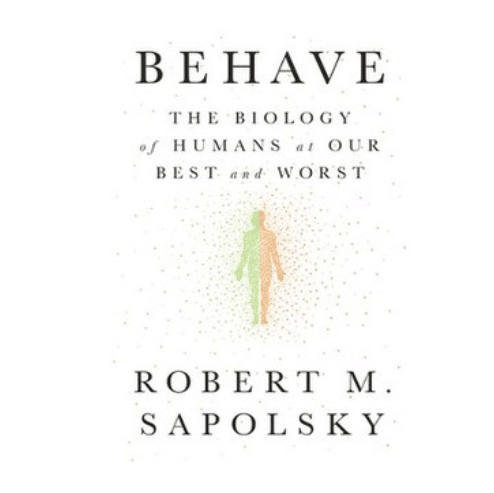Deoxyribonucleic Acid
Rich Yops
DNA is the blueprint for life. That’s easy to say, but let’s try comprehending the information it must contain to perform its fundamental functions.

Back at Vacuum Cleaner Headquarters, probably some small town in Ohio, there’s a room with designers and engineers. These are the C – students stuck with making vacuum cleaners. All the engineering drawings, parts designs with material requirements and machining tolerances, assembly instructions, and quality control procedures are on their computers. In the back is the factory where the machines are constructed and the loading dock for shipping and receiving. It takes quite an effort to provide the consuming public with a smooth flow of vacuum cleaners.
Let’s take a step up in complexity and consider the automobile. If you’re like most people, you’re reluctant even to open the hood. Nowadays, there’s a lot more under there than a bunch of spark plugs and a distributor.
Likewise, there’s also a headquarters for the auto company, maybe in Detroit or Palo Alto. It consists of a large complex of buildings. Their computers contain thousands of times as many drawings and specifications as the vacuum cleaner company. Their considerations extend to automation, robotics, artificial intelligence, complex assembly plant layouts, vast networks of suppliers coupled by transportation systems with critical timing requirements, and many other factors unseen by the customer behind the steering wheel. It all works!
Let’s take another step up in complexity. This time we’re increasing by some incalculable factor. We want to build an organism. We want the instructions to be compact and portable. We want to be able to make modest modifications in the instructions and produce the entire array of organisms on the planet. We may want a rose bush, a tree, a cat for our lap, a chimpanzee, or a human being.
Further, we want these instructions, when encountering a similar set of instructions, such as the sperm joining with the ovum, to begin assembling the organism spontaneously. Also, to avoid boredom, let’s have every offspring be unique. They can resemble the source of the sperm and ovum but also have their own characteristics and abilities. We want the organism, when finally exposed to its environment, to respond by developing attributes and abilities suitable for functioning in that environment. It should mature to a form independent of its host. It should also be capable of propagating this cycle indefinitely.
What these instructions would look like if they had to take the form of drawings and specifications is unimaginable.
Everything the human species has produced since we learned to walk upright is just trivial junk compared to the biological knowledge and its products on our planet.
Before commenting, please review our privacy policy at: http://findnewcontent.com/privacy/



